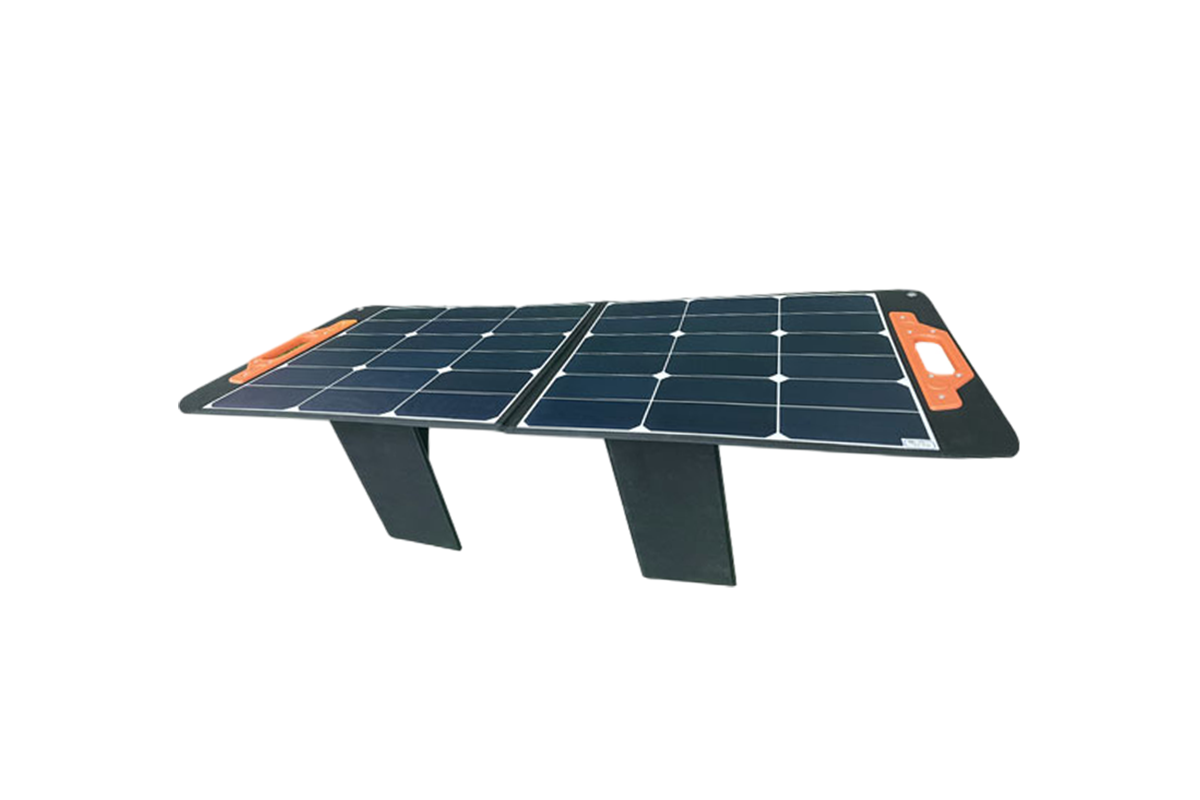

Time:2025-07-03 Views:1

Supercapacitors, also known as ultracapacitors, have gained significant attention due to their high power density, long cycle life, and fast charging capabilities. The electrolyte is a crucial component of supercapacitors as it directly affects the device's performance, including capacitance, operating voltage, and temperature stability. Researchers have been continuously exploring ways to improve supercapacitor electrolytes to enhance their overall efficiency and expand their application scope.
One of the key areas of improvement is increasing the operating voltage of supercapacitors. Organic electrolytes, such as tetraethylammonium tetrafluoroborate (TEABF4) dissolved in organic solvents like acetonitrile, have been widely used to achieve higher operating voltages compared to aqueous electrolytes. However, efforts are being made to further optimize the composition of organic electrolytes. For example, by adding specific additives, the conductivity and stability of the electrolyte can be enhanced. These additives can form a protective film on the electrode surface, reducing the internal resistance of the supercapacitor and improving its rate performance.
Another aspect of electrolyte improvement is focusing on temperature - resistant and low - temperature - applicable electrolytes. In extreme temperature environments, traditional electrolytes may face issues such as freezing or decomposition, which severely limits the performance of supercapacitors. Ionic liquids, with their unique properties of wide liquid - state temperature range, low vapor pressure, and high thermal stability, have emerged as promising candidates for electrolytes. By modifying the structure of ionic liquids or blending them with other materials, researchers aim to develop electrolytes that can maintain high performance in both high - and low - temperature conditions. This improvement in electrolyte technology is essential for the application of supercapacitors in various fields, from electric vehicles that may operate in different climates to aerospace systems where extreme temperature variations are common.
Read recommendations:
solar powered portable power station